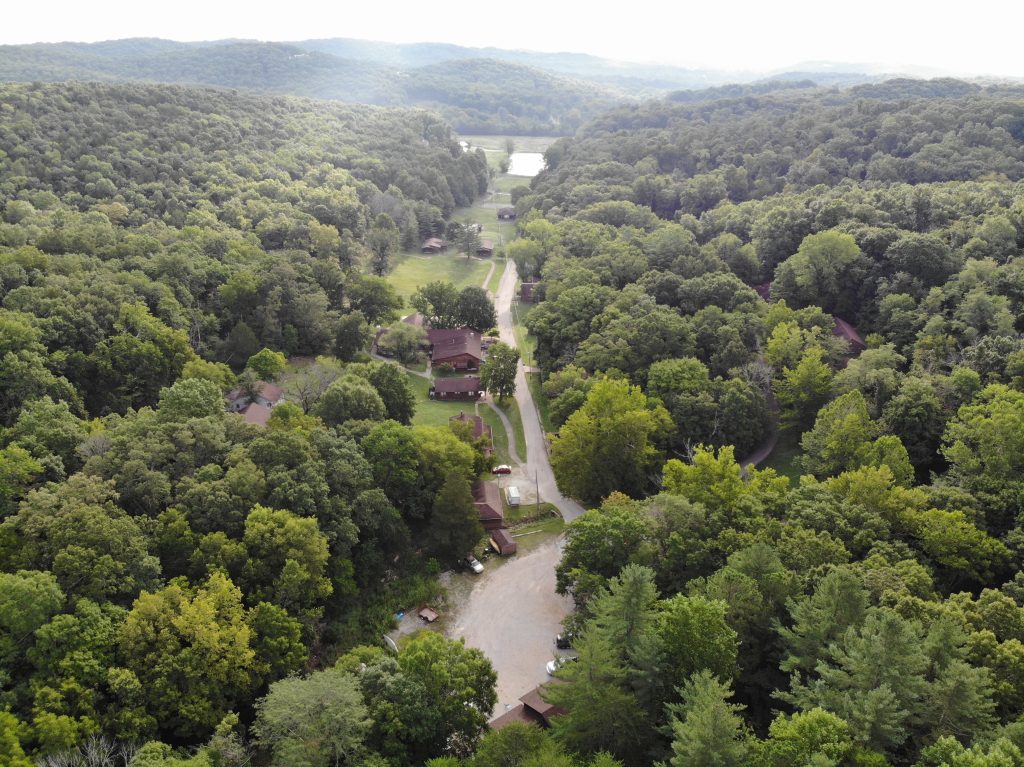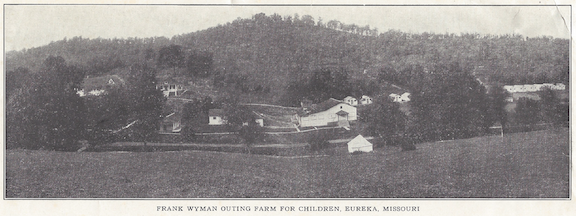
Wyman History
127 Years of growth and connections
Learn even more about Wyman history by visiting our interactive camp map and reading 125 stories.
You can also share your piece of Wyman history with us here!
Wyman’s Origins
1898 – 1919
In 1897, a group of caring St. Louisans met to create a special place for the children of St. Louis – a place where they would experience fresh air, nourishing food, and just plain fun. The value of the outdoors would come to prominence during the presidency of Teddy Roosevelt, only a few years after the camp opened. Wyman, the first children’s summer camp west of the Mississippi, was one of the early manifestations of this nation-wide movement.
By 1900, the camp had moved from Sullivan, MO to its present site in Eureka. Camp Wyman was then, and still is, a stunning 80-acre site of woods, a central valley, ponds, streams, and hiking trails – close enough to the city to be easily accessible and far enough away to provide a feeling of sanctuary.
Some of the most important people behind the camp’s early years were the first Director, A.R. Verdier; Managers Prudence & Price Tillery; and early Board President and champion, Frank Wyman, for whom the organization is now named.
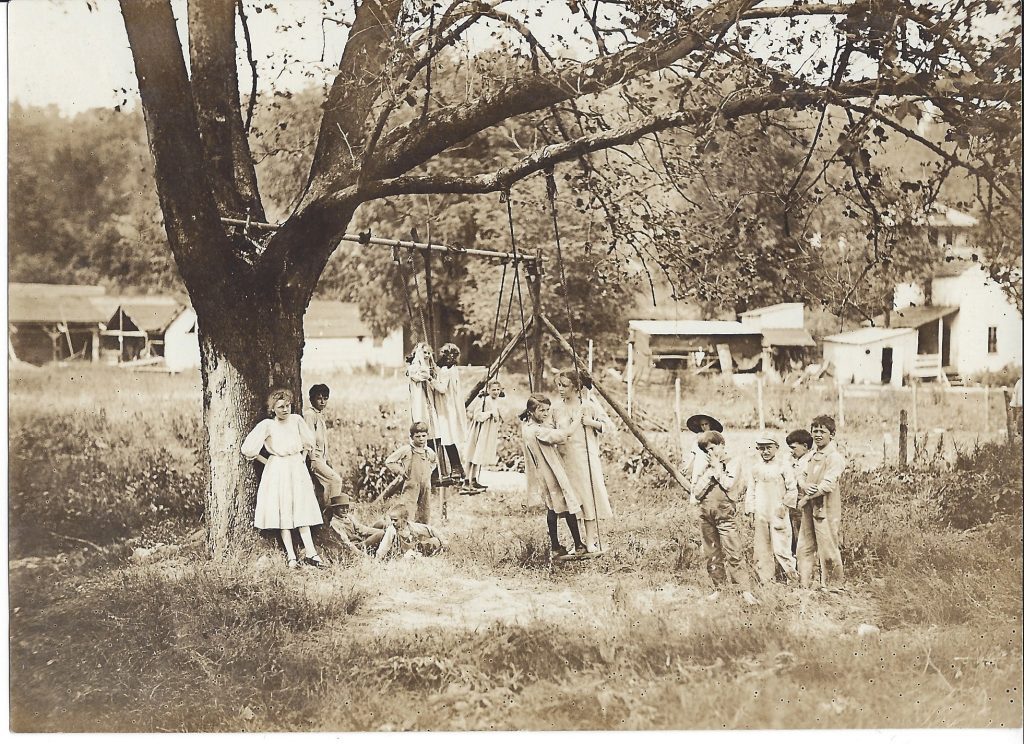
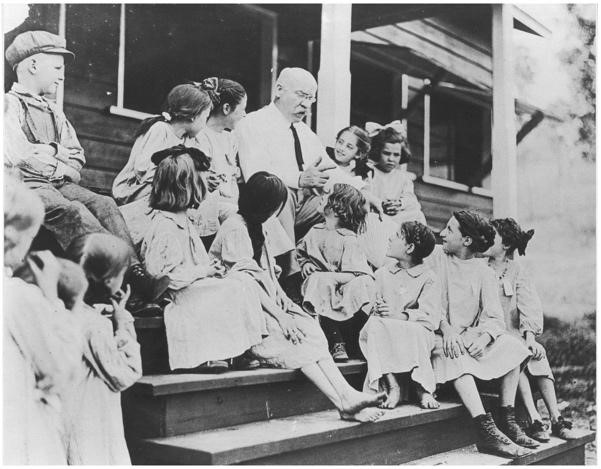
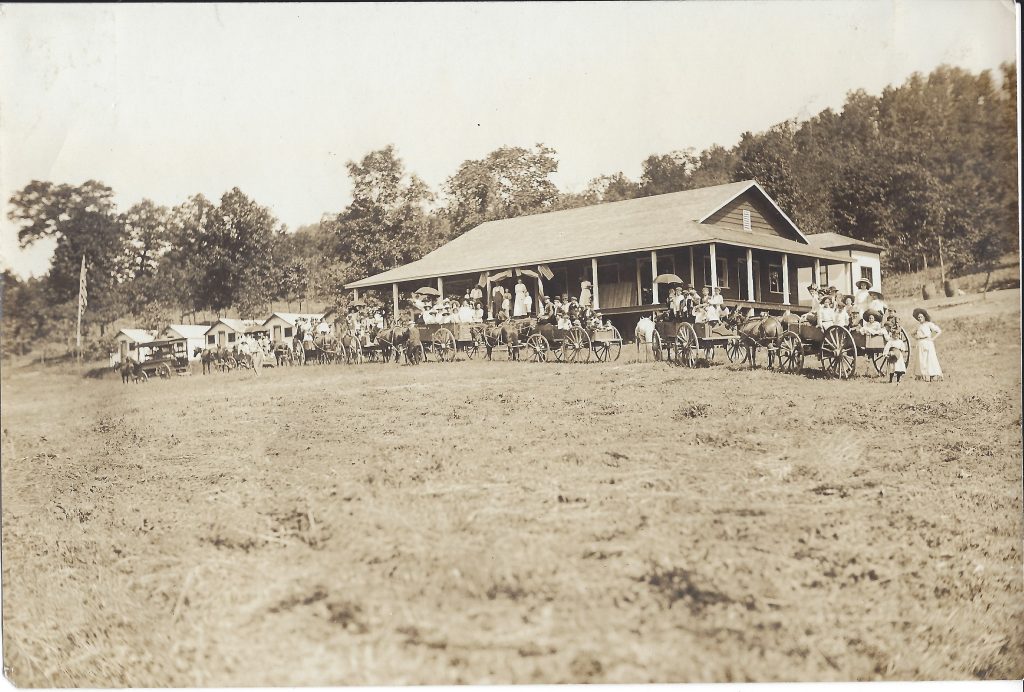
Expansion of Service
1920 – 1939
By the 1920s, Wyman staff saw the need for an expansion of the camp’s goals to include an emphasis on moral and social education. In 1932, Melvin ‘Adj’ Dillon and Edmonia ‘Eddie’ Beal (later, Dillon), the Boys’ and Girls’ Program Directors, began collaborating on a critique of the camp’s current program. They proposed a broader curriculum stressing democracy, group dynamics, personal development, and love and concern for children, all within the context of the residential camp program. The new programs and goals became official in 1937, when the “Frank Wyman Outing Farm” officially changed its name to Camp Wyman. The Dillons, who married in 1939, would go on to direct the organization for 35 years.
The experiences at Camp Wyman so deeply touched the lives of counselors and staff that many were inspired to choose education, social work, and public service careers.
The United Way of Greater St. Louis and Wyman joined in partnership in 1922. Today, Wyman is honored to be part of a network of more than 160 organizations supported by the United Way. The funding provided to Wyman over the years has been crucial in sustaining the mission and programming of the organization.
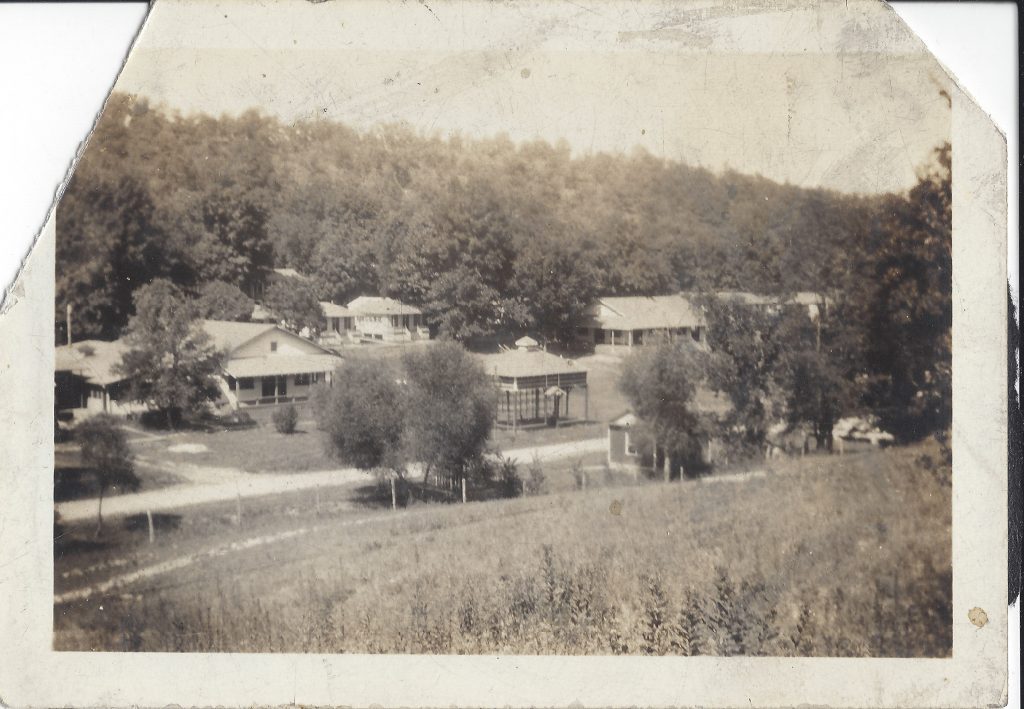
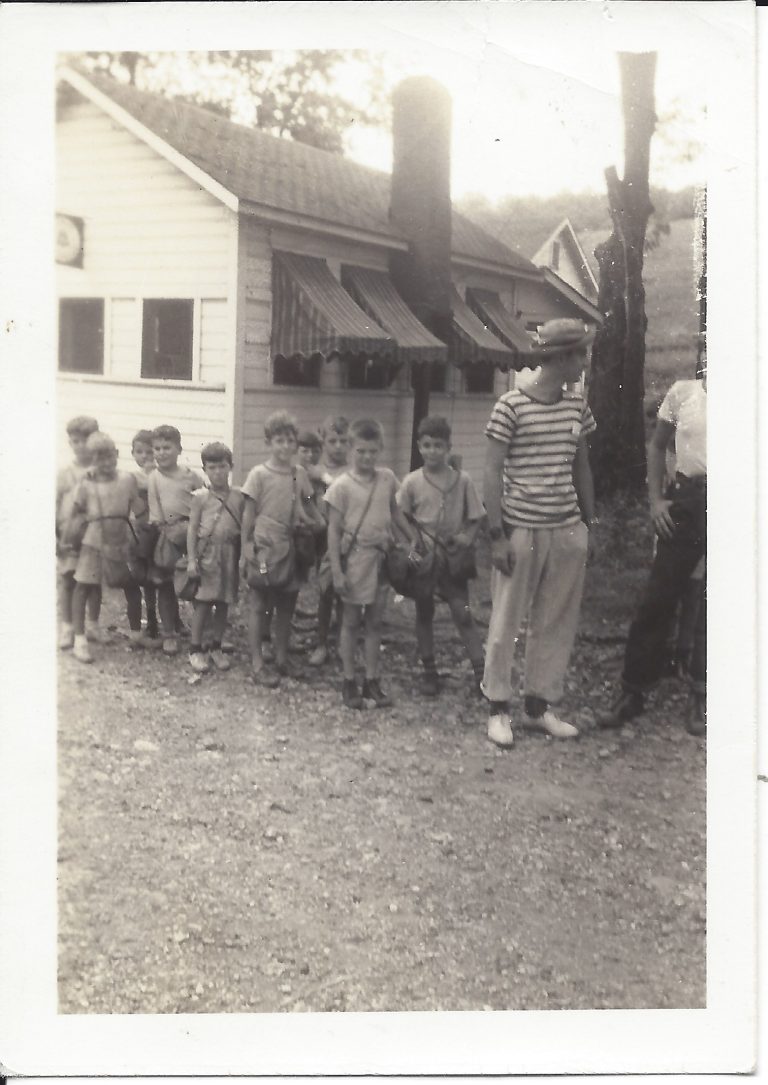
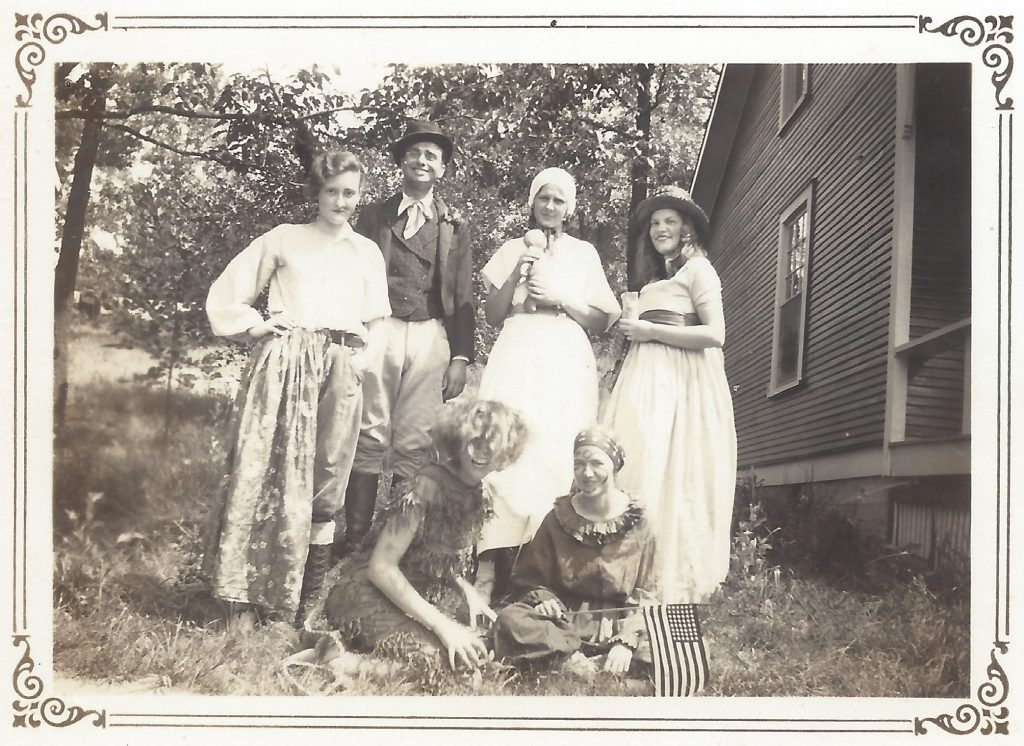
Developing Local Partnerships
1940 – 1979
In the late 1940s, Wyman began partnering and collaborating with local schools. Teachers Annabeth Brandle of Mallinkrodt School and Kate Barrie of Irving School brought their 6th grade classes to camp for two weeks. In 1948, Webster Groves School District sent their 6th graders to Camp Wyman to spend a week learning about the outdoors – a program still in operation today. Since then, many other school districts have replicated similar school camping programs at Wyman.
Beginning in 1948, the Webster Groves School District and Wymanve partnered to give middle schoolers an immersive camping and learning experience. Bill Kloppe and Liz Matheny, teachers at Webster Groves, helped build the foundation of Wyman’s outdoor education programming and summer camps. Soon Wyman was offering curriculum focused on astronomy, geology, and botany, along with experiential content about life outdoors. Collaboration with Webster Groves staff enriched and expanded Wyman’s programming and created new school-year camping opportunities with students and teachers from across the region.
In the 1960s and 1970s, the demand for “outdoor education” and organized camping exploded as school districts recognized the value in a resident camping program for their students. Having established such programming 20 years earlier, support quickly came to Wyman to replicate these programs with more area schools.
In the early 1950’s, the camp’s financial condition was suffering, and staff were often paying for supplies themselves. Financial losses after WWII made the camp’s future uncertain. Kiwanis Clubs from across the region joined forces to raise funds, build new buildings, serve on the Board, and provide ongoing maintenance. The Kiwanis Clubs, Southside Lions, and other service clubs became long-term supporters of Wyman. Without their contributions, Wyman may not have been able to continue or grow.
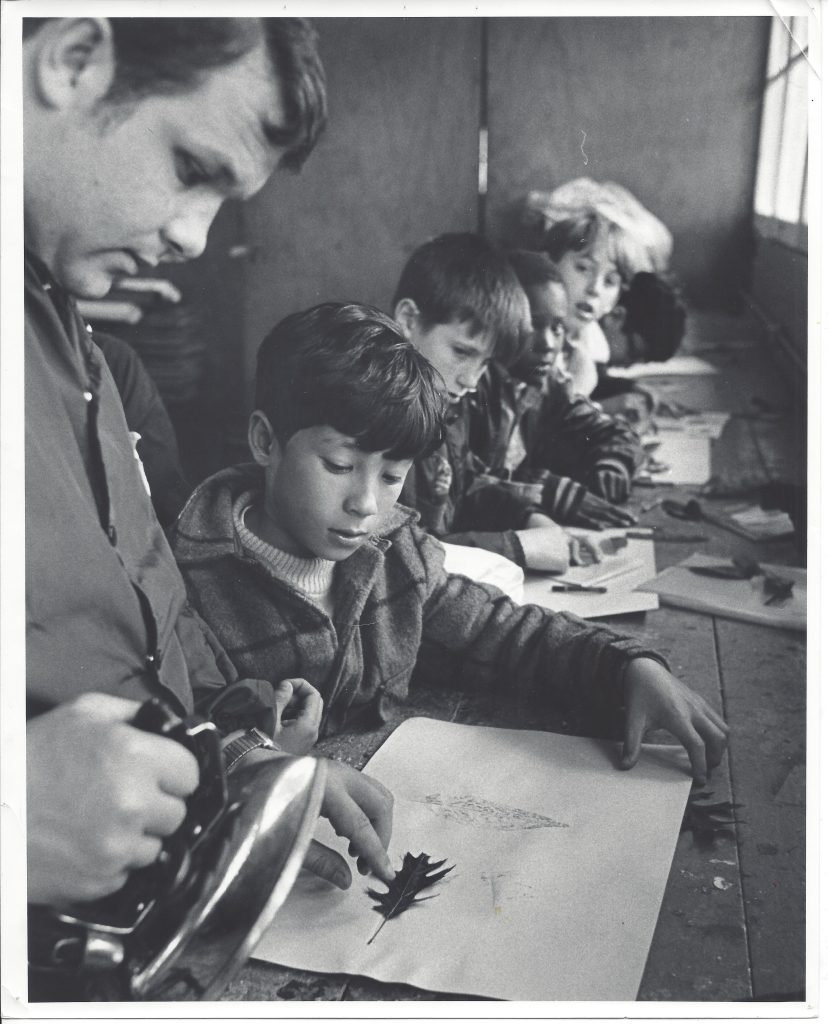
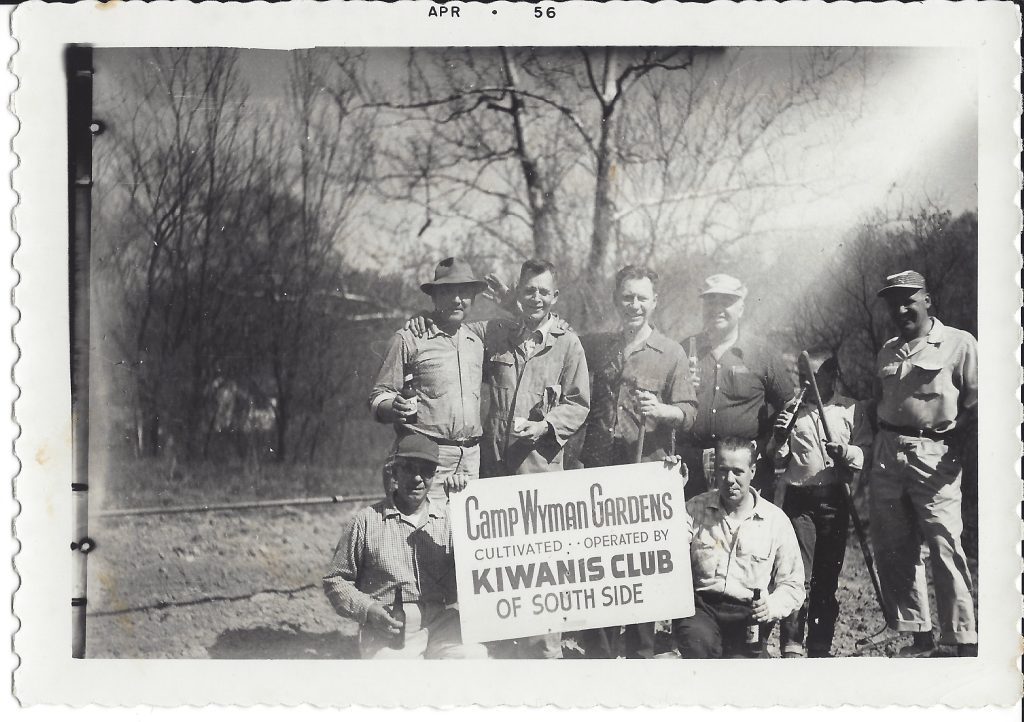
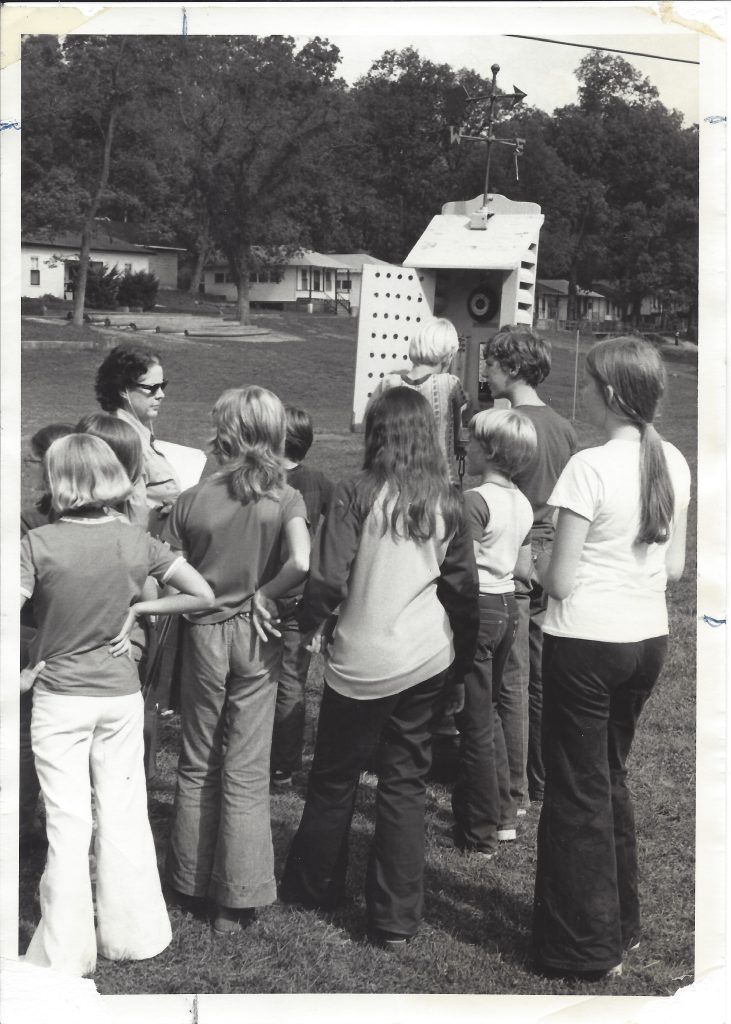
Evidence-Based Programming
1980 – 1999
As Wyman expanded, the organization maintained a robust full-time staff and rapidly developed mission-based programming. In the 1990s, President Dave Hilliard led Wyman’s expansion beyond summer camp to provide support and experiences that would contribute to life success of young people in St. Louis. Wyman opened an office in downtown St. Louis and introduced programs like Camp Caravan – a box truck that carried day camp curriculum into St. Louis neighborhoods and schools.
Wyman began measuring success through long-term impact on youth. Developmental milestones and social skills were emphasized. Staff created a leadership model for adolescents and Wyman focused its services on teenagers, a pivotal age for development and growth.
Wyman was at the forefront of evidence-based programming, a commitment to outcomes that was cutting-edge and rare at the time. Such an approach required more sophisticated metrics and evaluation, leading Wyman to engage in research partnerships. Along with powerful anecdotes of support for young people, the organization was now implementing rigorously evaluated programs with data that demonstrated impact.
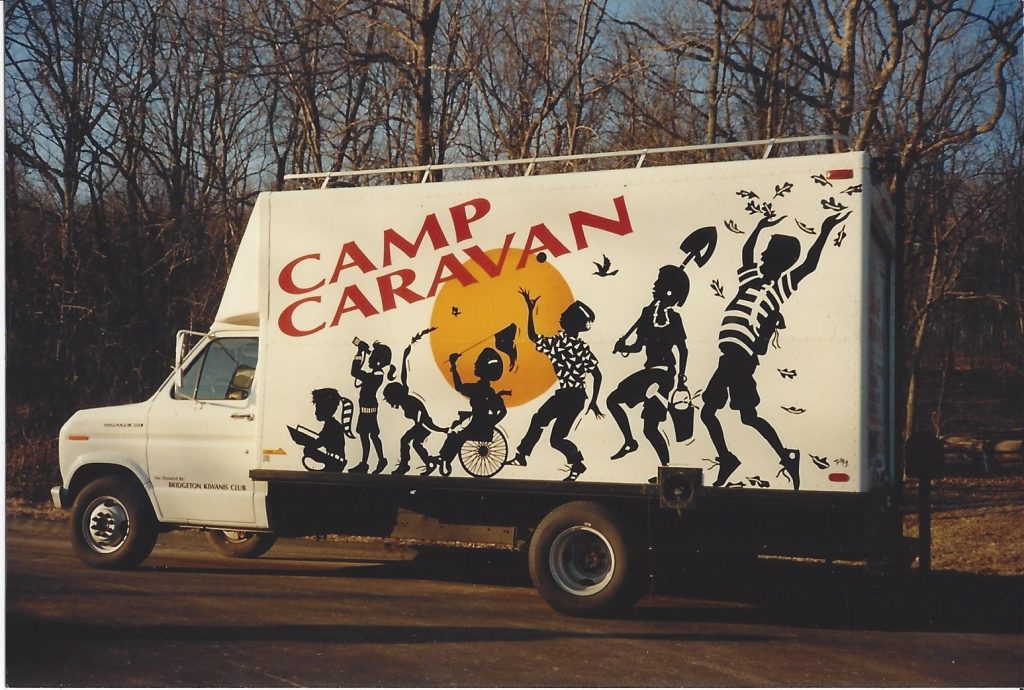
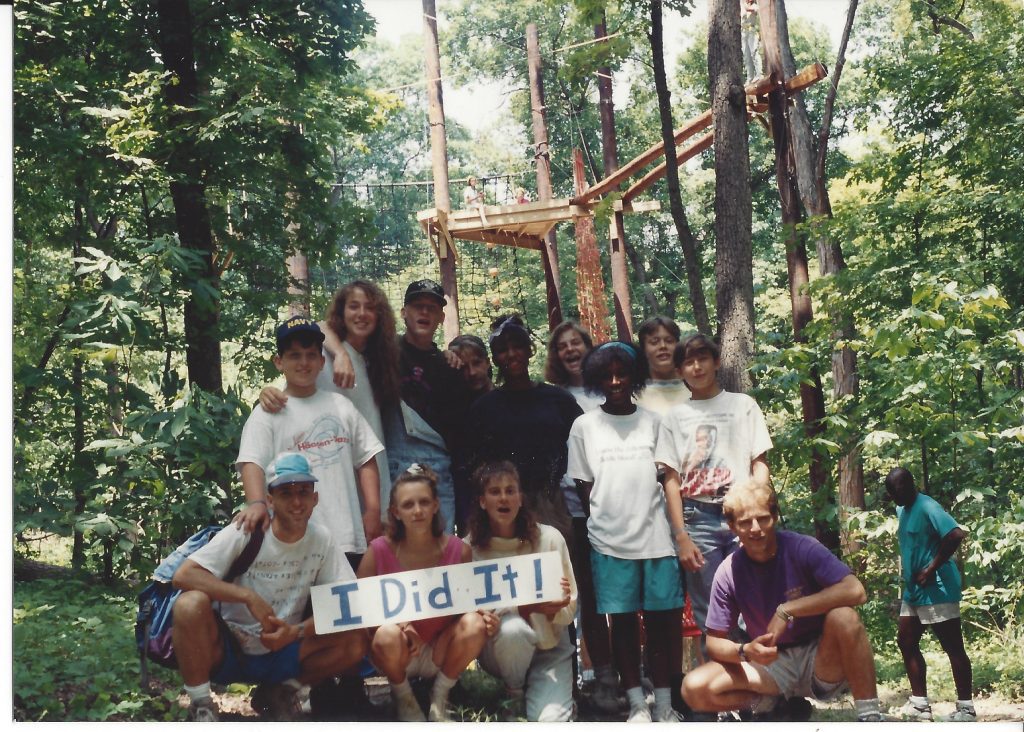
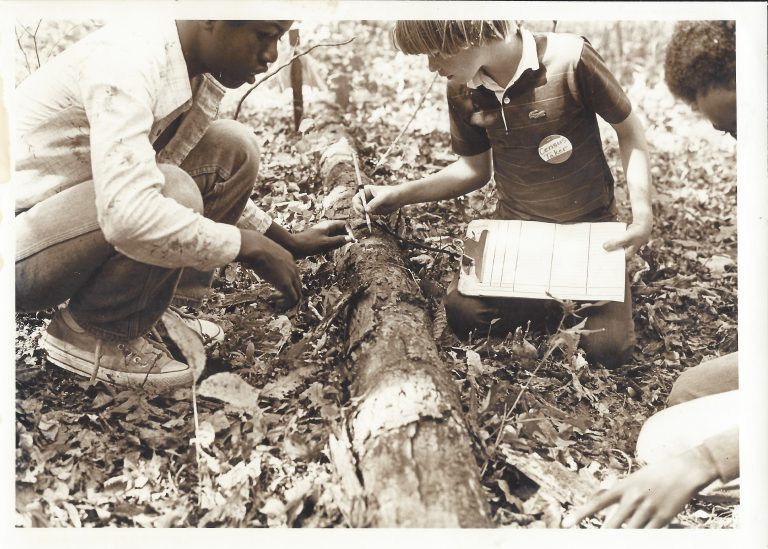
Expanding Wyman’s Reach
2000 – Today
As the new millennium began, Wyman transformed into a local organization with a growing national impact. Early leadership programs evolved into Wyman Leaders, a year-round education, leadership, and community-focused program supporting youth from middle school through post-secondary success. A camp experience continues to be a pivotal part of the program where teens forge connections with peers and adults, learn to take on challenges, and begin developing their long-term education and career goals.
Nationally, Wyman began working with leading researchers to expand its Teen Outreach Program® (TOP®) and in 2009, Wyman launched its National Network to partner with school districts, state agencies, and non-profits. The Network trains and supports partners to deliver Wyman’s proven programs in St. Louis and across the nation. In 2010, Wyman began partnering with Dr. Joe Allen, a clinical psychologist at the University of Virginia, on the development of a new evidence-based model, Teen Connection Project® (TCP®). TCP supports teens in creating and nurturing relationships and is now nationally replicated.
Local Lions Clubs – the South Side Lions in particular – invested in Wyman during a time of growth in the early 2000s. Their generosity helped Wyman develop longer-term programs and reach more youth each year.
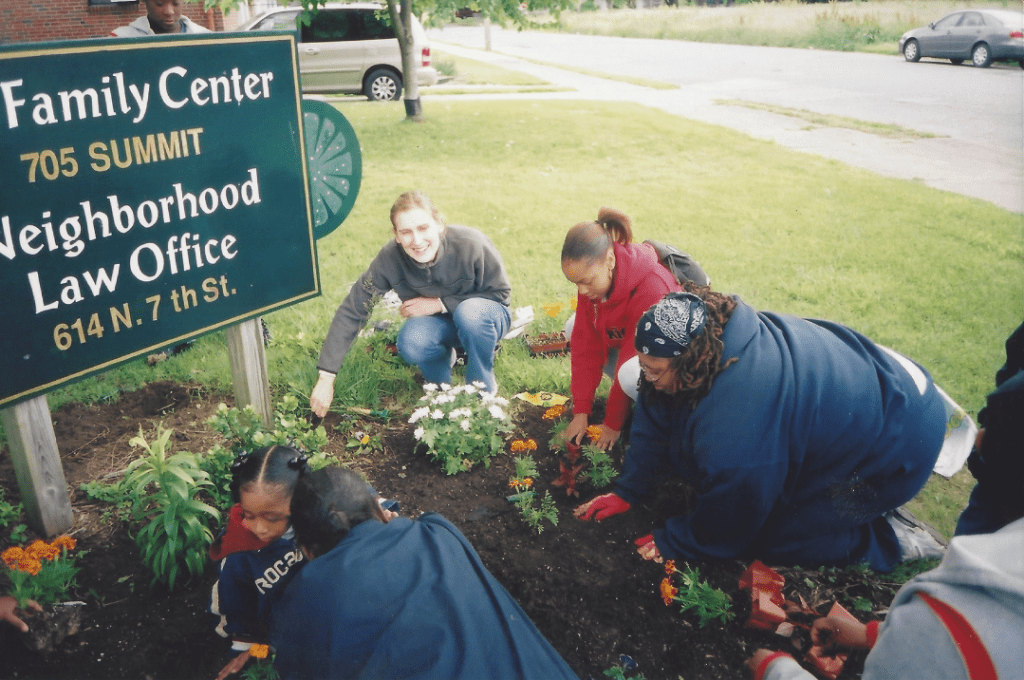
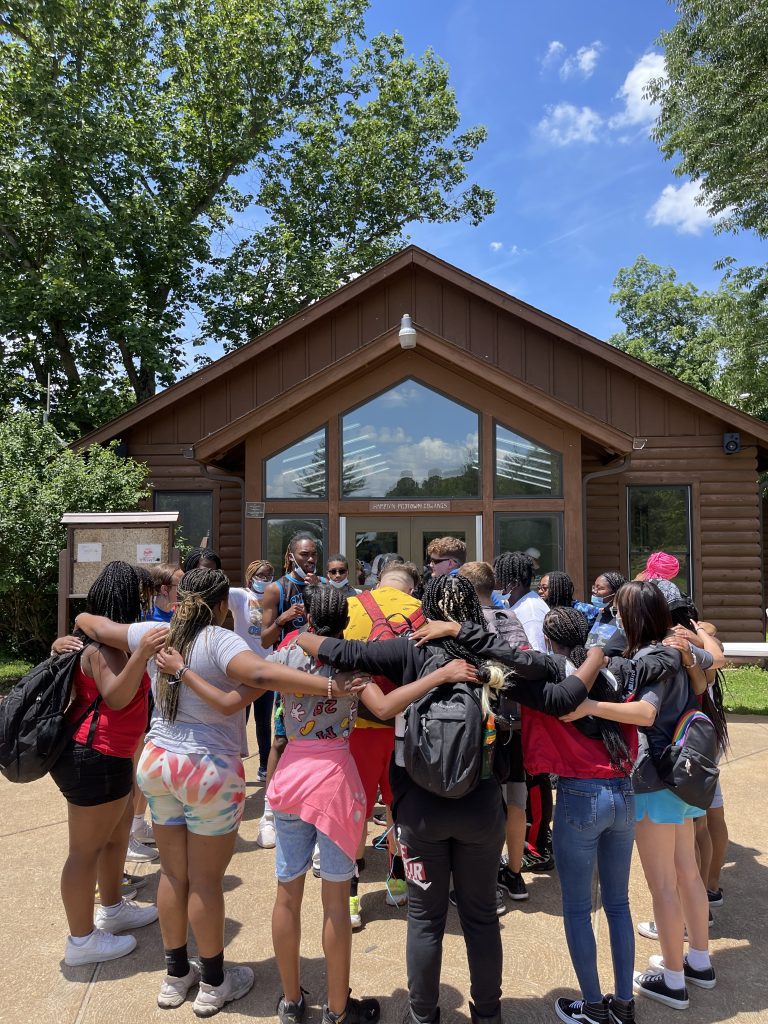
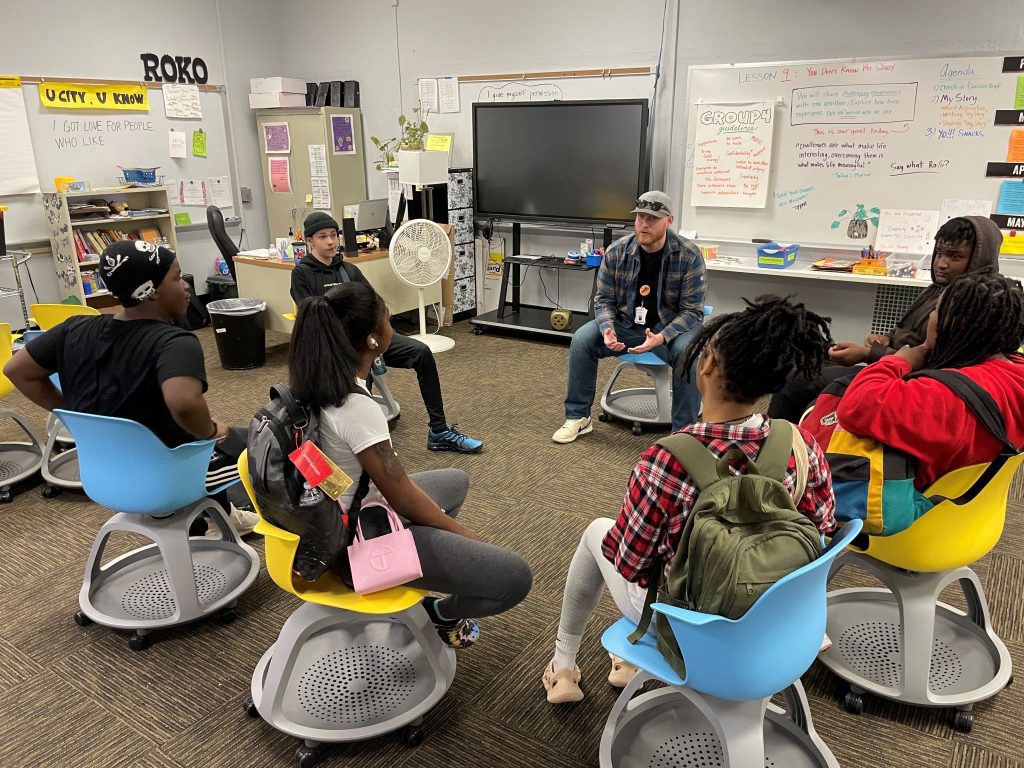
The Land We Are On
The land on which Wyman sits, and where our staff and young people live and work, is the ancestral land of the Wahzhazhe, or Osage. Many other tribes have lived on or utilized this land including the Ponca, Kaw/Kanza, Omaha, Cahokia, Kaskaskia, Tamaroa, Peoria, Shawnee, and Delaware. Their history, stories, and contributions deserve to be recognized and honored.
In 1900, Wyman moved from its original location in Sullivan , MO, to a rented farm property in Eureka belonging to a Dr. Monroe. The property was rented for $150 per year until 1910, when Board President Frank Wyman and donor Peyton Carr’s fundraising efforts allowed Wyman to purchase the property outright. Wyman has remained on this same plot of land since.
Over the years many buildings have come and gone on the property, but several from the early 1900s still exist on site, including the Director’s Lodge, Superintendent Home, and Counselors’ Lodge on the North Hill.
